A “queer and inclusive” space of their own | Third edition of Rainbow Literature Festival kicks off in New Delhi
Queer artists have existed across time, and so has art about queer people; from Ismat Chughtai’s 1942 short story ‘Lihaaf’, Bhupen Khakhar’s ‘Two Men in Benares’ and ‘Yayati’, to Prem Kapoor’s 1971 film Badnam Basti. Most of these artists were censured by society for ‘indecent’ portrayals, and their works, somehow, eclipsed in mainstream history. When included, references to them tended to be tokenistic rather than substantial.
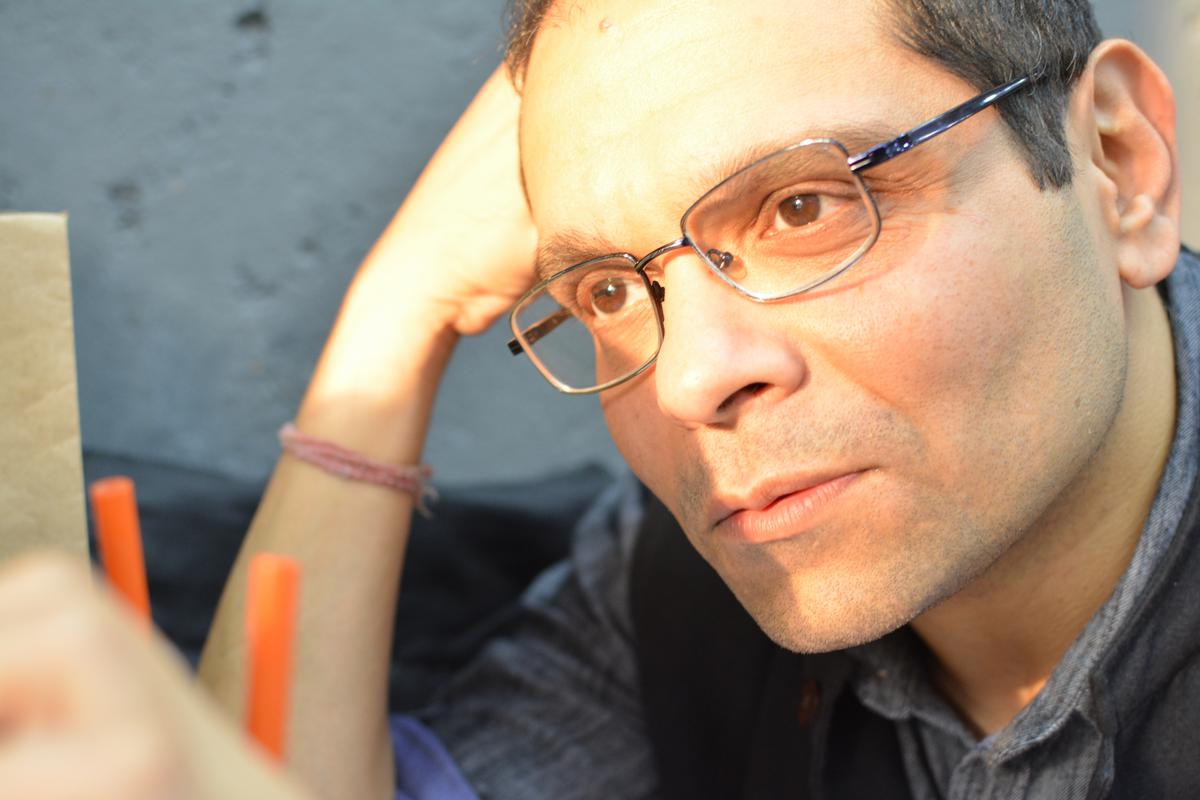
Author Sharif D. Rangnekar, founder of Rainbow Literature Festival.
This was one of the reasons author and journalist Sharif D. Rangnekar set up the Rainbow Literature Festival in 2019, to spotlight literature and ideas of, for, and by the queer community, with a mandate to be “queer and inclusive”. “I had a sense that we needed a space of our own, where we could discuss things around gender, sexuality, society, choice, war, love, education, healthcare and of course, literature itself,” says Rangnekar.
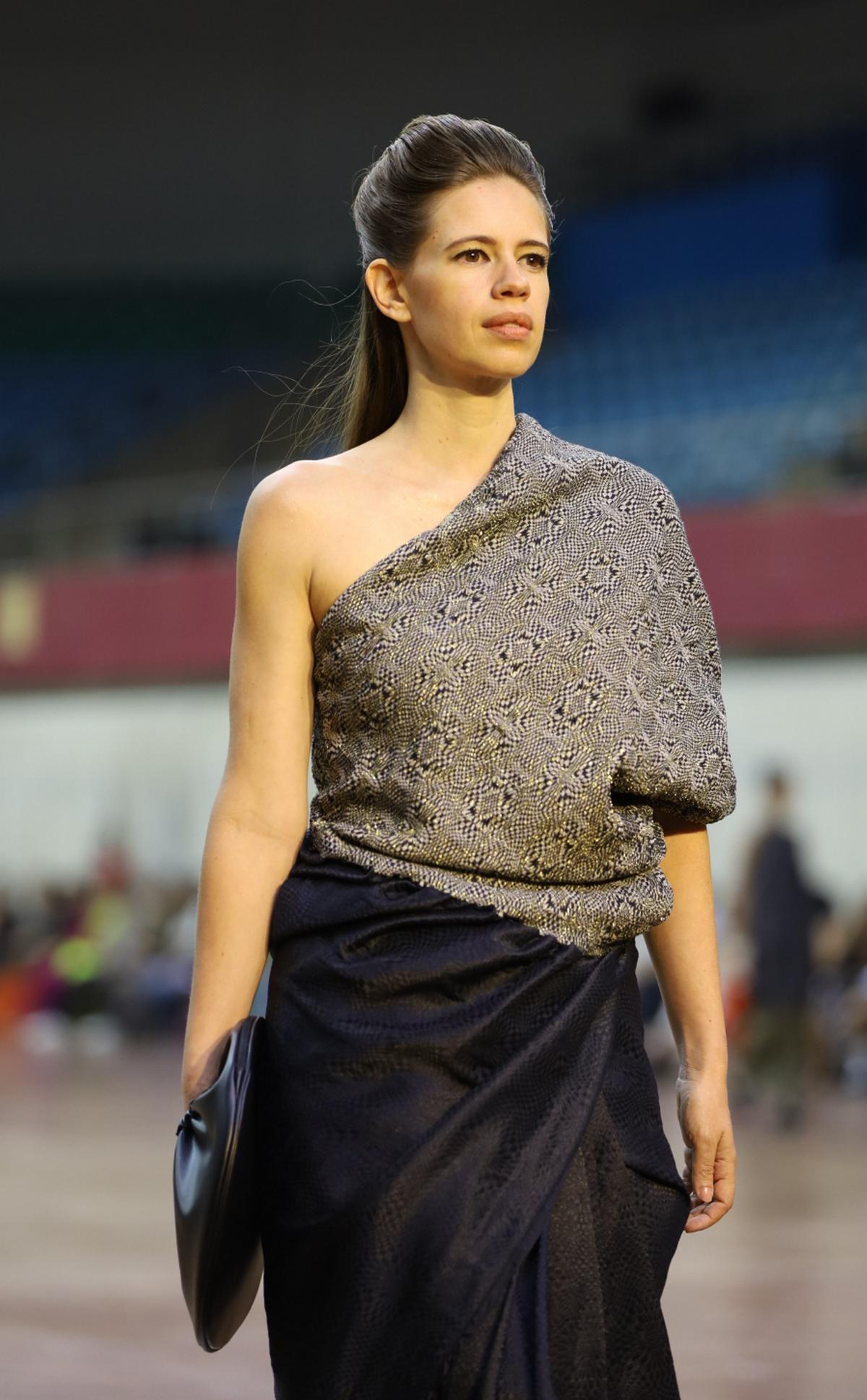
Actor Kalki Koechlin is among the panellists at the Rainbow Literature Festival in New Delhi.
| Photo Credit:
PTI
This year, the third edition of the festival, to be held December 9-10 at Delhi’s Gulmohar Park Club, features a formidable line-up that includes, among others, lawyers Saurabh Kirpal and Rohin Bhatt talking about ‘Sex, love and the law’; poet Hoshang Merchant on ‘A Life of Queerness’; actor Kalki Koechlin in conversation with Puja Talwar on ‘A Like Like No Other’, and a panel on ‘Feminism and Queerness’ with author-activist Urvashi Butalia, actor Mona Ambegaonkar, director Alankrita Shrivastava, among others.
Many have had similar ideas — of using arts and culture as a way of bolstering the LGBTQIA+ community, and this has given way to spaces like the KASHISH International Queer Film Festival in Mumbai, Chennai’s Queer LitFest, the Awadh Queer Literature Festival, DIALOGUES: Calcutta International LGBTQIA+ Film and Video Festival, and many more. Some of these spaces have existed for years, others have come up more recently, particularly after the Supreme Court struck down Section 377 in 2018.
The ostensible purpose of such spaces is, of course, promoting queer art and artists, but it inevitably ends up being more than that. It’s in these segregated, curated pockets that communities are built: queer people meet other queer people and allies, discover community groups that offer much-needed help and resources, and more than anything, indulge in unfiltered discussions and exchange of ideas, without constantly hedging whether people will ‘get it’.
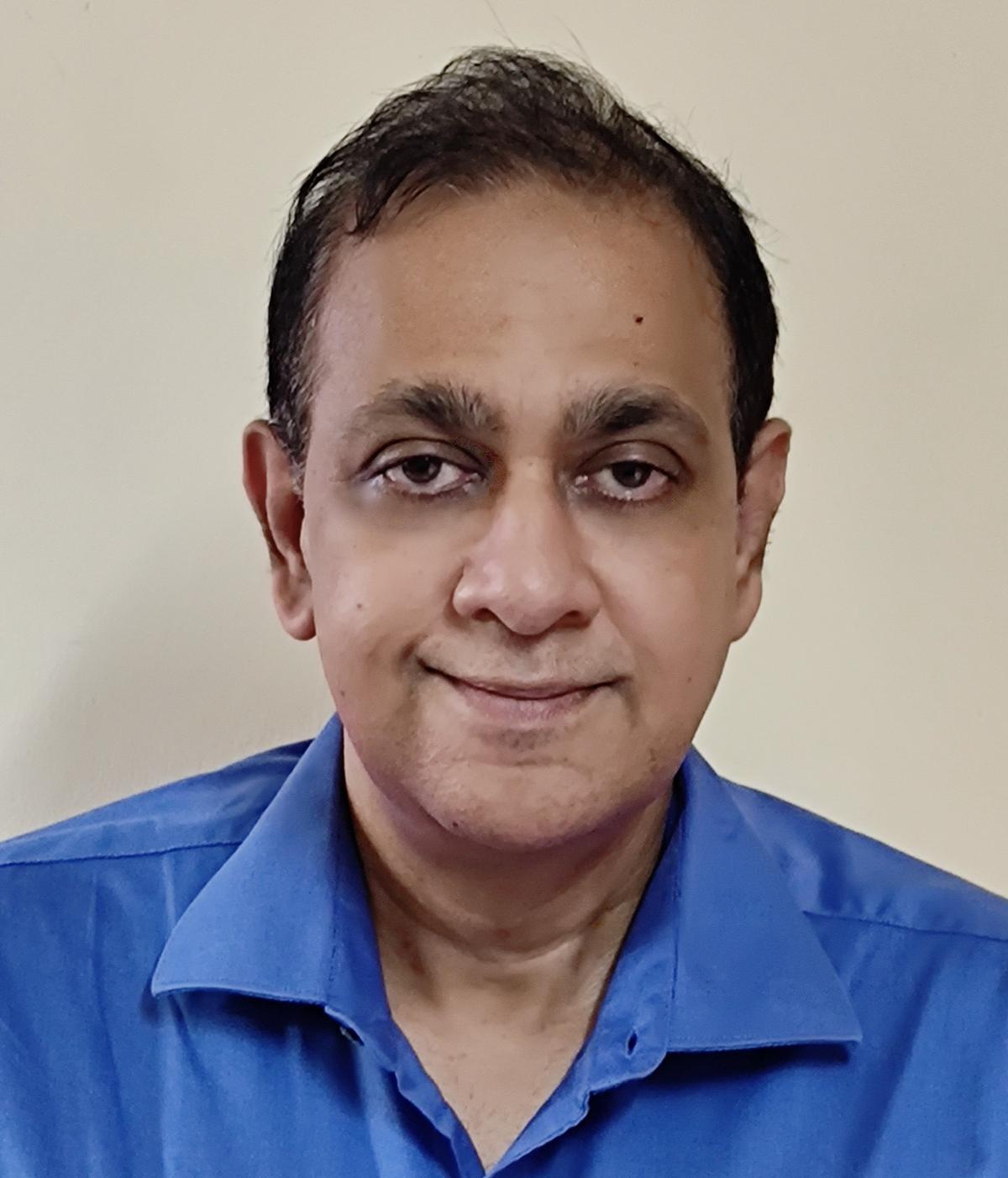
L. Ramakrishnan, a public health professional with Chennai-based NGO SAATHII.
According to L. Ramakrishnan, a public health professional with Chennai-based SAATHII, an NGO working for inclusive healthcare, legal and social services, particularly for queer and other marginalised communities, the last few years have seen a proliferation of queer voices and groups on social media. “But for a lot of queer people, their entire sense of community is derived from the online space. They don’t have any contact with on-the-ground community spaces and groups, which can have devastating consequences,” he says.
Last month, a 16-year-old queer make-up artist, Pranshu, died by suicide in Ujjain after facing online bullying. In light of this, and to create awareness of queer support groups and resources available, the importance of physical spaces cannot be overstated. Dr. Ramakrishnan is scheduled to speak at this year’s Rainbow Lit Fest, where he will be part of a panel on ‘Desire, Discrimination and the Queer Journey’, moderated by author and journalist Sandip Roy.
Each year, the festival has evolved in response to the community’s priorities — political or otherwise — of the time. “So much has changed in four years. After the marriage equality hearings, there were a lot of phobic comments from people who didn’t want us to have those rights. And then came the verdict, where the Supreme Court declined to legalise same-sex unions. There’s a strong feeling of community now, of regrouping and taking stock. We just want to speak, share, enjoy ourselves, and share our truths in as uninhibited a fashion as possible,” says Rangnekar.
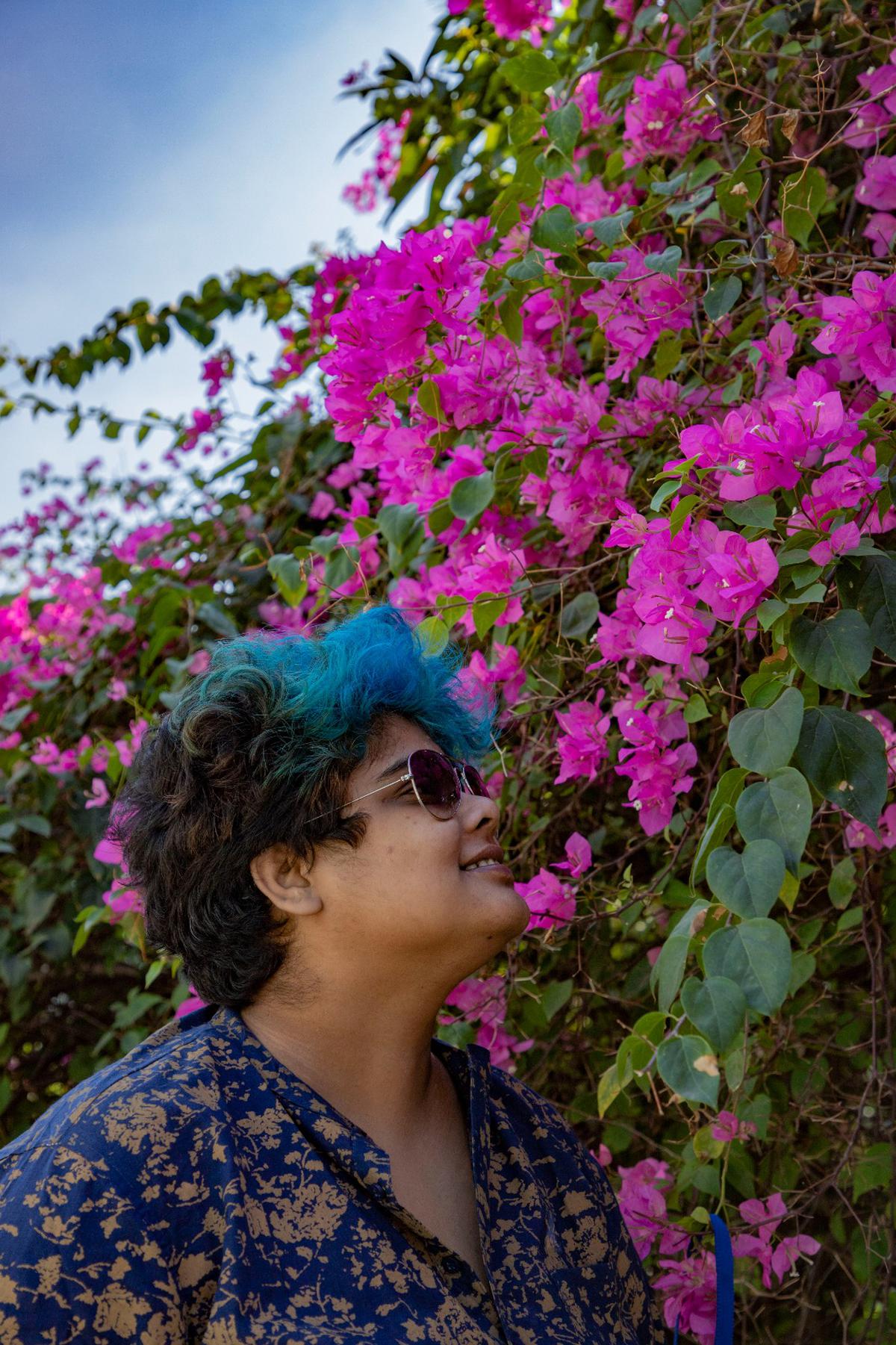
Koyel Ghosh, managing trustee of Kolkata-based Sappho for Equality.
Of course, it’s not as easy as that. Funding is often a big challenge for queer arts and culture festivals. Koyel Ghosh, managing trustee of Sappho for Equality, an organisation working for the rights of lesbians, bisexual women and trans men, which has also been one of the principal organisers of the DIALOGUES LGBTQIA+ Film and Video festival, says they do not accept money from corporations in order to not have to compromise on freedom and flexibility. Most of their funds comes from community groups and individual donations. “This year, we approached single screen theatres to ask if they’d be willing to host our film screenings but it didn’t work out,” she says. So they ended up holding this year’s festival at the Satyajit Ray Film & Television Institute, and shortening it from three days to two. Ghosh doesn’t know if they will have the funds to hold the festival next year.
For the Rainbow festival, Rangnekar says, they run a crowdfunding campaign. Many of the panellists and participants also fund their own travel and refuse to charge any fees, he says. “For instance, Arif Jafar, one of the speakers from Lucknow — I had heard about him because he was behind bars for over 40 days under Section 377 in 2001. Arif is coming to speak at the Rainbow festival this time, and at his own cost. There are so many people like that who are going out of their way to be a part of this festival. That’s a sign of the community wanting to come together,” says Rangnekar.
Despite these positive transformations, queer initiatives continue to face the baggage of historical stigma, which has not so much ebbed but changed over the years. “In the 1970s and 80s, the queer community, especially gay and bisexual men, were looked at through the lens of AIDS. Then there was Section 377, so people would say what we’re doing is illegal. Now, it’s a question of freedom from sexual harassment, living with dignity, and yes, recognition of our love and legal partnerships,” says Felix, a volunteer with Orinam, a Chennai-based LGBT support group, which also organises the Chennai International Queer Film Festival (CIQFF).
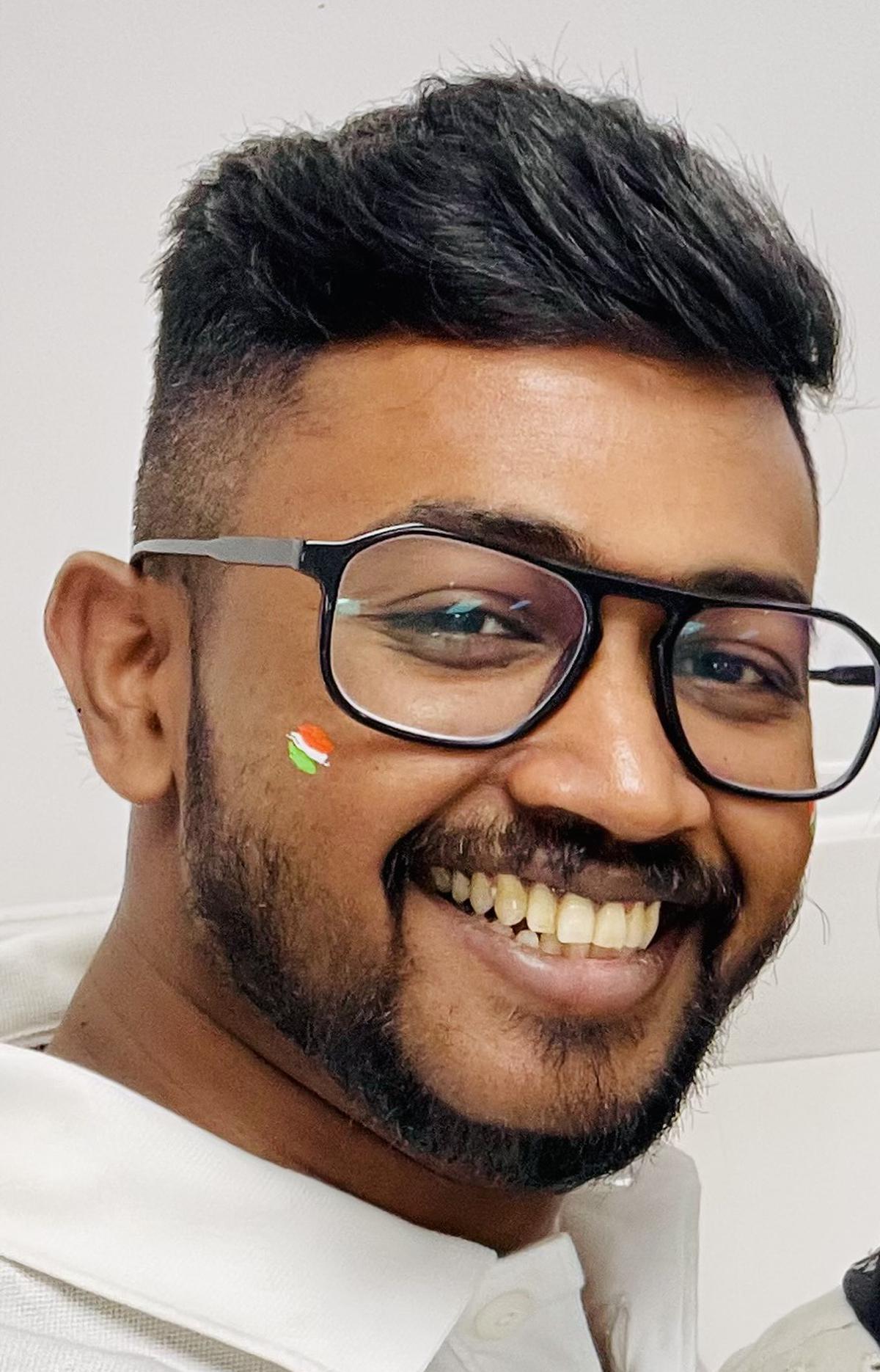
Felix, a volunteer with Chennai-based LGBT support group Orinam.
Felix says a lot of queer people use arts and culture as a safe space where they can freely express themselves. “You’ll see a lot of queer people painting, designing or making films or writing about their lives, partly because that’s how they find an escape as well as a sense of belonging,” he says. It’s also a space where people from the community learn out about useful resources, whether it is mental health helplines, support groups or shelters for queer and trans folk.
“The last few years, we have also steadily seen more and more parents of queer individuals come to our festival. Their child might not even be in Chennai, but they come because they want to understand the community better,” says Felix.
All these are signs of a larger acceptance; and in the process, there has been a mushrooming of queer art and artists. Tirthankar Guha Thakurta, an assistant professor of medical physiology and an “out and about” queer person, says he likes to makes movies on the side. His recent film Ekka-Dokka-Tekka, a queer interpretation of short stories by Rabindranath Tagore and Sarat Chandra Chattopadhyay, was screened at this year’s DIALOGUES festival. Another emerging artist is K. Vaishali, a Hyderabad-based disabled author, for whom finding a ‘queer’ section in bookshops was once a struggle. Now, she is set to speak about her own book at this weekend’s Rainbow Literature Festival.
Titled Homeless, the book delves into Vaishali’s time at the University of Hyderabad, when she was navigating family rejection, a queer identity and her dyslexic condition. “Being both queer and disabled definitely made it worse for me. These intersections make it hard to exist, and sometimes, we need more support because of it. I’m glad I get to speak about it now,” she says.
For all the latest Entertainment News Click Here
For the latest news and updates, follow us on Google News.
